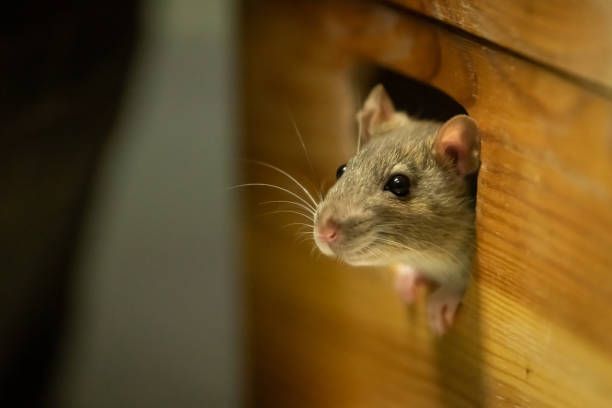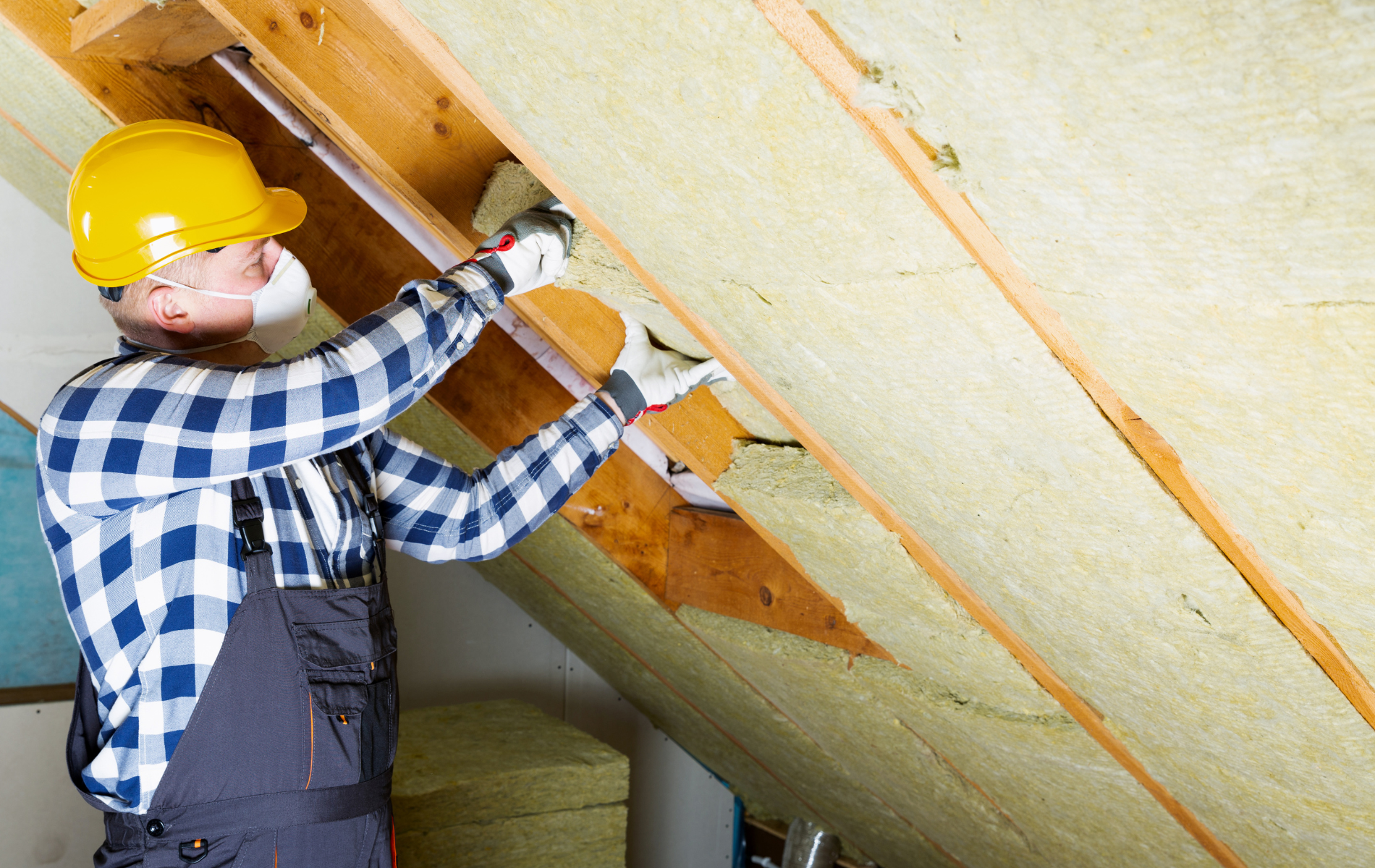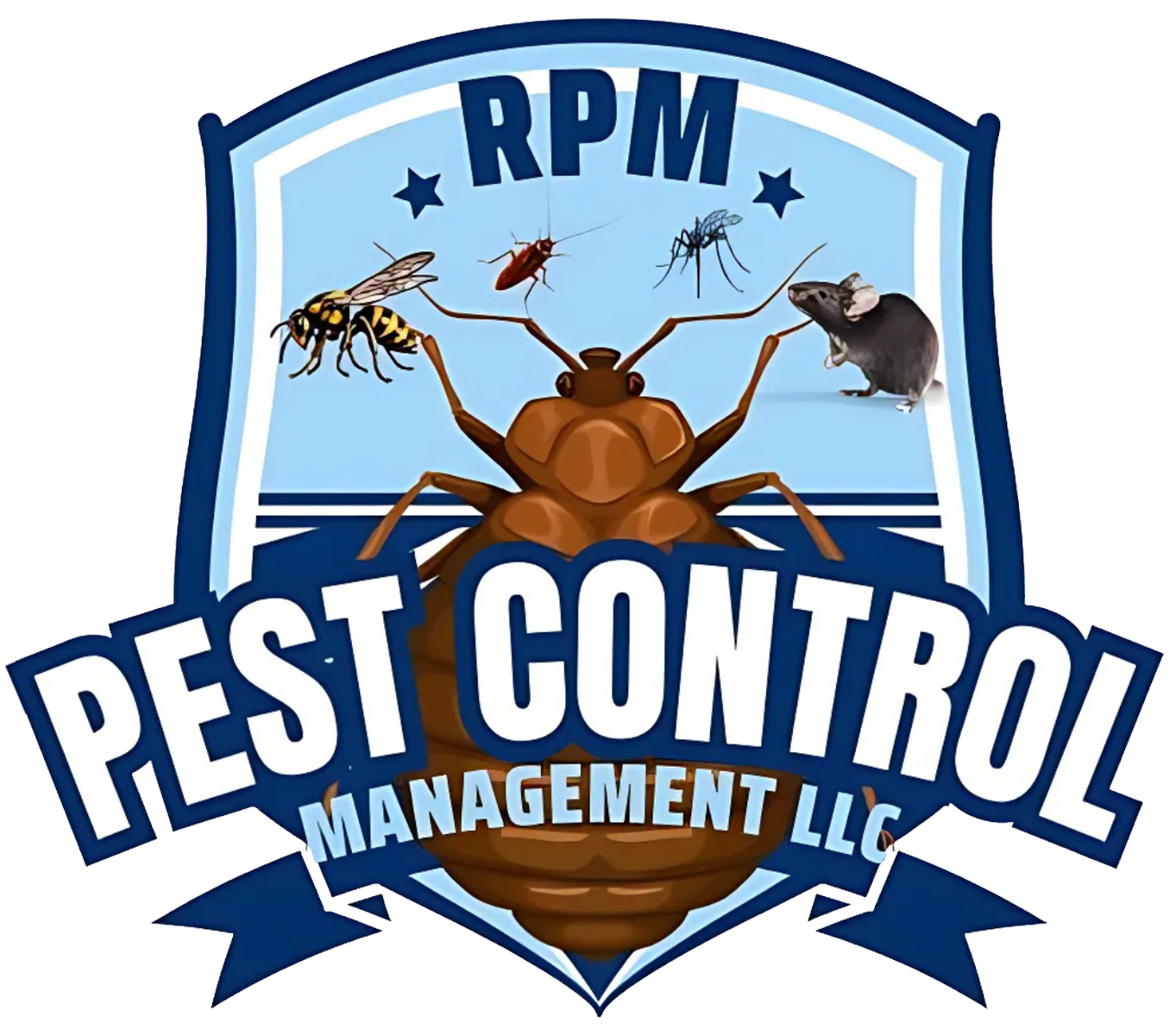How to Eliminate & Prevent Rats in Monroe County Homes
How to Eliminate & Prevent Rats in Monroe County Homes

If you’ve recently heard scratching in your walls at night, spotted small droppings near the pantry, or noticed a foul odor in your basement—you may have a rat problem.
Rats are one of the most destructive and dangerous pests found in Monroe County homes. Not only do they chew through wires, insulation, and drywall, but they also spread disease, contaminate food, and reproduce at alarming rates. Worse yet, they are incredibly adaptive, able to thrive in urban, suburban, and rural environments alike.
In this guide, the experts at RPM Pest Control Management LLC explain how to identify, eliminate, and prevent rats in your home. Whether you're in downtown Rochester, the suburbs of Brighton, or the farmlands of Penfield, this information is tailored to help Monroe County homeowners take action—fast.
Why Rats Are a Problem in Monroe County
While many pests are seasonal, rats are a year-round threat, particularly in Upstate New York’s changing climate. During the fall and winter, rats seek warmth and shelter inside homes, garages, and outbuildings. But even in the warmer months, they’ll stay if they find easy access to food and water.
Key Reasons Rats Are a Serious Problem:
- Health Risks: Rats can transmit over 35 diseases, including
salmonella,
leptospirosis,
hantavirus, and even
rat-bite fever. Their droppings and urine contaminate food surfaces and air quality.
- Property Damage: Rats gnaw constantly to file down their teeth. They destroy
wires, insulation, drywall, and wooden beams, increasing the risk of
electrical fires and structural issues.
- Rapid Reproduction: A single breeding pair can produce
more than 1,000 offspring in a year under optimal conditions.
- Hiding Places: Common nesting areas include
attics, basements, wall voids, crawl spaces, garages, and even under kitchen appliances.
These pests are intelligent, elusive, and highly skilled at avoiding traps and detection, making professional intervention essential.
Signs You Have a Rat Infestation
The earlier you catch a rat problem, the easier it is to control. Here are the most common warning signs that rats are present in your home:
- Droppings: Small, dark pellets about the size of a raisin, typically found along baseboards, behind appliances, or near food storage areas.
- Gnaw Marks: Look for chewed wires, plastic containers, food packaging, or even wood trim.
- Grease Trails: Rats leave oily smudges along walls and floorboards as they follow the same paths repeatedly.
- Scratching Sounds at Night: Rats are nocturnal and most active after dark. If you hear movement in walls, ceilings, or under floors, it could be rodents.
- Foul Odor: The smell of urine and droppings may become noticeable in confined areas like attics or crawl spaces.
- Visible Nesting Material: Torn insulation, paper, or cloth gathered in piles may indicate a nest site.
If you’ve noticed even one or two of these signs, it’s time to act immediately. Rat infestations escalate rapidly, and each day increases the risk of property damage and contamination.
DIY Rat Control Methods
While a full-blown infestation requires professional help, there are a few proactive steps you can take to reduce rat activity or prevent rats from entering your home.
1. Seal Entry Points
Rats can squeeze through openings as small as the diameter of a quarter (about 0.75 inches). Inspect and seal:
- Gaps around utility lines and pipes
- Cracks in the foundation
- Roof vents, attic fans, and chimney flues
- Gaps under doors and garage entrances
Use steel wool, caulk, metal flashing, or hardware cloth to create barriers that rats can’t chew through.
2. Set Traps
For smaller infestations, trapping can be moderately effective:
- Snap traps are still one of the most effective types for killing rats humanely.
- Electronic traps kill quickly and provide easy disposal.
- Place traps in
high-traffic areas like along walls, behind appliances, and near droppings.
Avoid glue traps—they’re inhumane and less effective for adult rats.
3. Eliminate Food and Water Sources
- Store pantry items in
sealed, hard plastic or glass containers.
- Clean up crumbs and spills right away.
- Secure indoor and outdoor garbage cans with
tight-fitting lids.
- Don’t leave pet food or bird seed out overnight.
- Fix leaking pipes or faucets that provide water to rodents.
Keep in mind: while DIY strategies may help reduce rodent activity, they rarely eliminate nests or resolve larger infestations.
RPM’s Comprehensive Rat Extermination Process
At RPM Pest Control, we use an integrated, multi-step strategy designed to remove current infestations and prevent new ones. Here's what you can expect:
Step 1: Inspection
We conduct a full interior and exterior inspection to:
- Identify entry points and nesting sites
- Locate droppings, rub marks, and damage
- Use tracking powder, UV lights, or motion sensors if necessary
Step 2: Exclusion and Sanitation
After the initial inspection, we seal up known entry points using durable, chew-proof materials. We may also recommend:
- Attic and crawl space sanitation
- Insulation removal and replacement
- Vapor barrier installation (if moisture is an attractant)
Step 3: Trapping and Baiting
We use a combination of:
- Tamper-proof bait stations
- Snap traps or
mechanical devices
- Safe placement away from children and pets
- Follow-up visits to monitor progress and remove carcasses
We also offer eco-conscious, toxin-free trapping for sensitive environments.
Step 4: Long-Term Prevention
- Ongoing
monitoring for multi-family and commercial properties
- Recommendations for landscaping and storage adjustments
- Optional
seasonal rodent prevention plans
Are Rats in Rochester a Seasonal Issue?
Yes—and no.
While rat infestations tend to spike in the fall and winter, when rodents seek shelter from the cold, they remain active all year inside heated buildings. Older homes in Rochester, especially those with unfinished basements or crawl spaces, are especially vulnerable.
Urban areas with dense housing and poor sanitation (such as open trash bins or food scraps) create year-round rodent hotspots. That’s why ongoing prevention is crucial—even after an infestation has been eliminated.
FAQs
Q1. How quickly can you eliminate a rat infestation?
A: For smaller infestations, you may see results in
7–14 days. Larger or deeply rooted infestations often require
multiple visits over several weeks.
Q2. Are your rodent treatments pet-safe?
A: Yes. We use
tamper-resistant bait stations and place traps only in secure, hidden locations. We’ll walk you through all safety measures before and after treatment.
Q3. What’s the difference between rat and mouse control?
A: Rats are larger, more cautious, and require
heavier-duty traps and stronger bait than mice. Mice are more curious and easier to trap but often go undetected due to their smaller size. RPM offers separate strategies for both.
Call RPM Pest Control for Rat Removal in Monroe County
Don’t wait until your home smells like a rat’s nest or your electrical wiring is chewed to pieces. Whether you're dealing with a single intruder or a full-blown infestation, RPM Pest Control Management LLC is ready to help.
We offer:
- Fast response times across Rochester and surrounding towns
- Affordable, transparent pricing with no hidden fees
- Safe, effective, and humane rat removal and prevention
- Services tailored for
residential and commercial properties
Call (585) 301-5811 or contact us online to schedule your rat inspection and extermination today. Let’s restore your peace of mind—before the damage gets worse.


